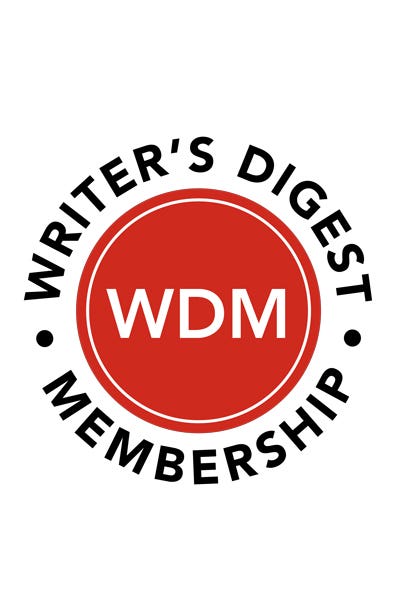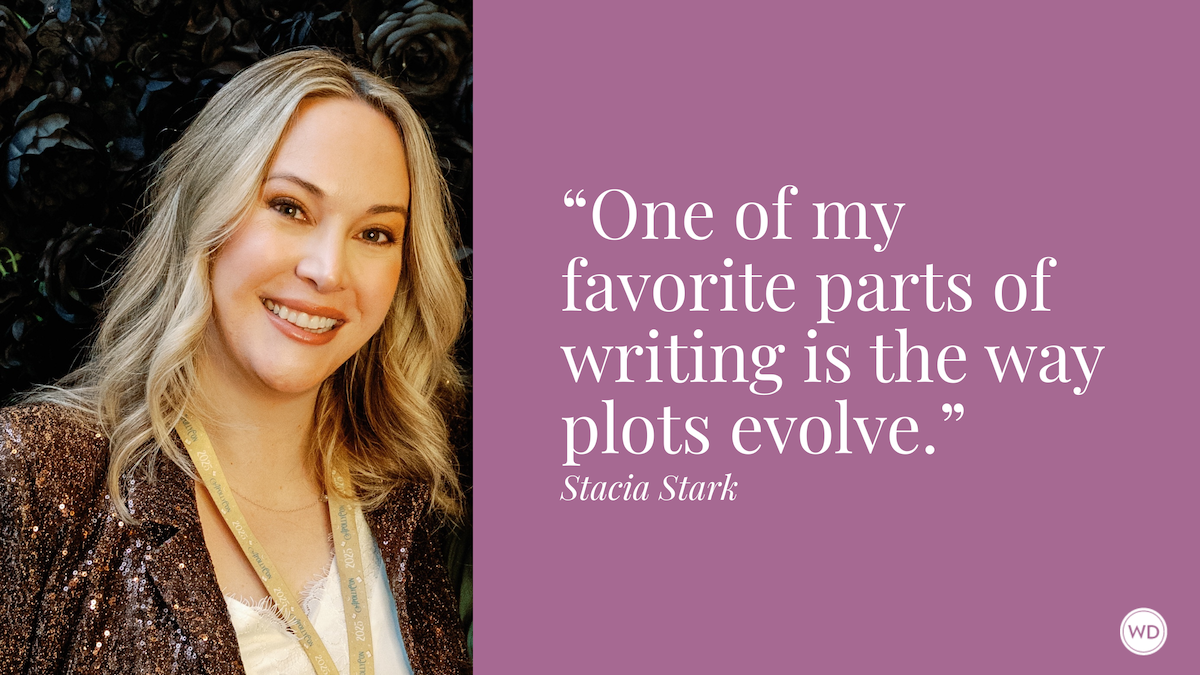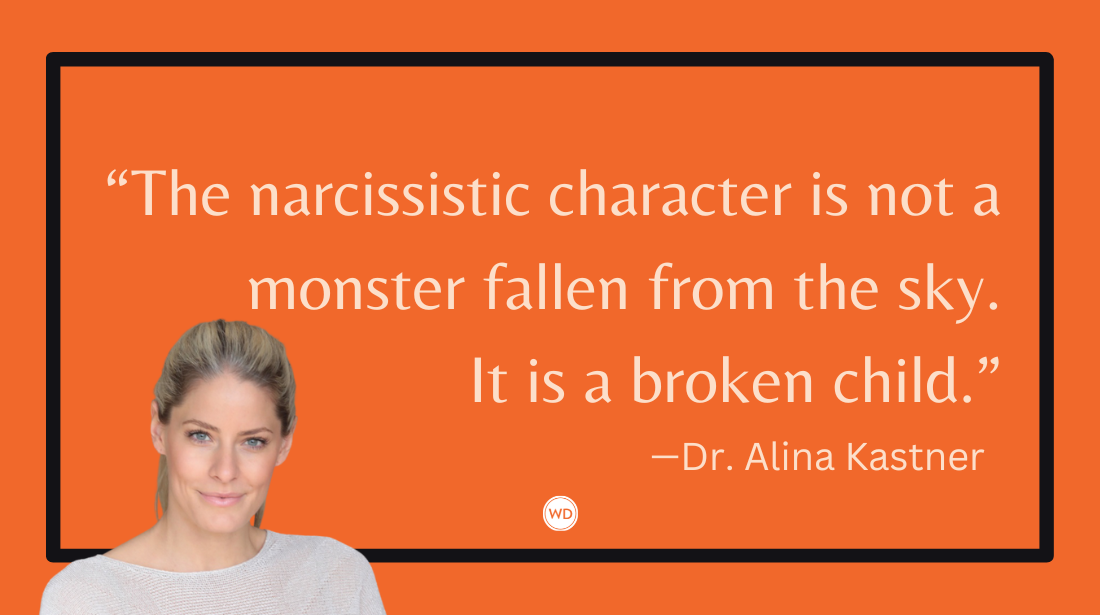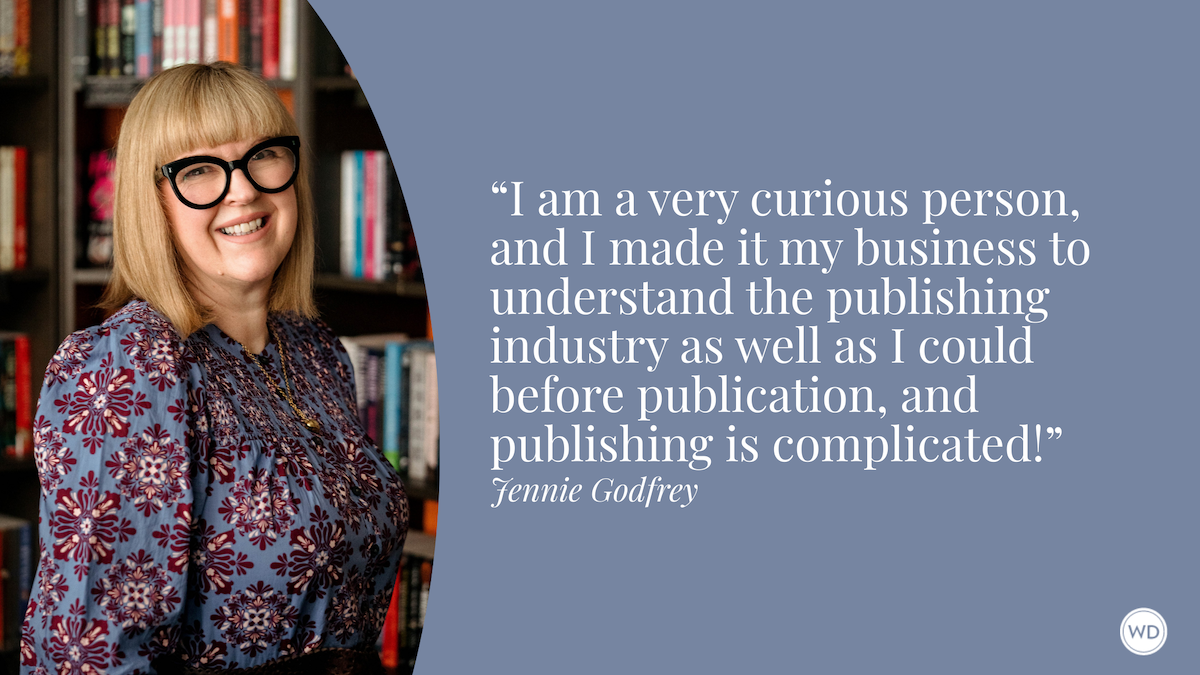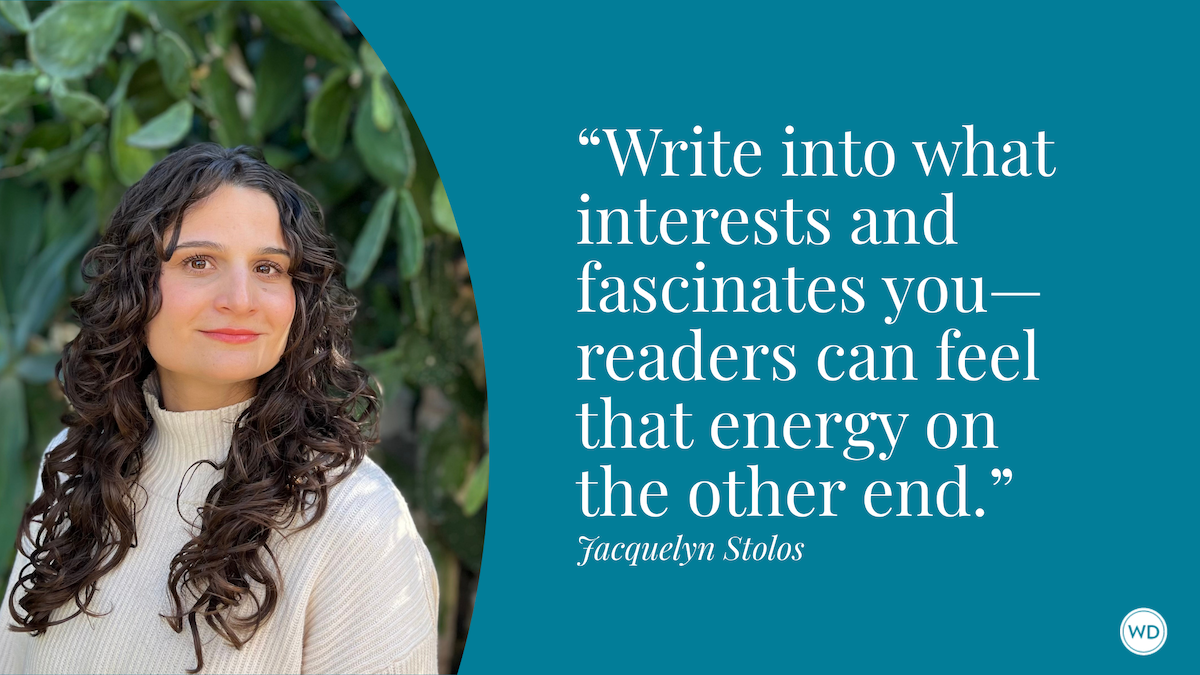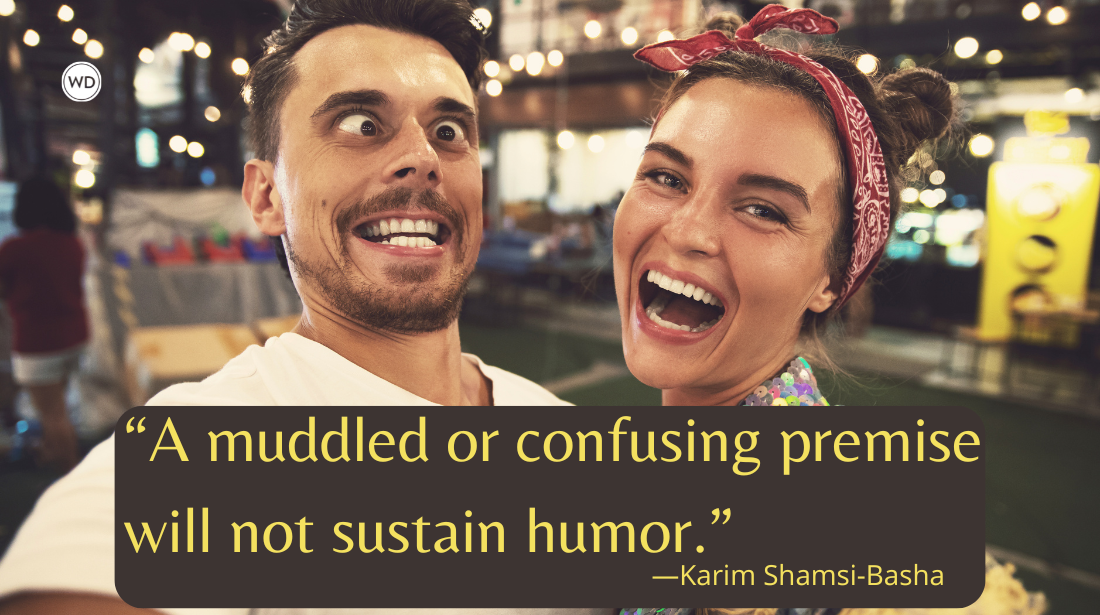A MotherDaughter Lost and Found in Hell: Writing My Novel From the Mother’s Journey
Award-winning author Jennifer Givhan discusses writing the mother’s journey for her most recent novel that is many things at once.
I didn’t set out to write a mystery or a mythic family saga or even a true crime story. I set out to bring back the dead, or rather, keep my hometown from ever turning into a ghost town.
But like any descent into the underworld, I returned changed, and I brought back Salt Bones.
As a Mexican-American and Indigenous poet and novelist from the Southern California desert, I’ve never written in straight lines. Mesoamerican mythology taught me that time doesn’t move forward; it spirals. Our stories don’t progress in neat arcs but circle what we cannot or should not let go.
Although I plot like nobody’s business and for this novel filled five journals cover to cover with my purple pen scrawlings, this story came not from a plot outline but from a wound. It is structured in myth, genred by voice.
I’m often asked how I braid genre, as a poet novelist who writes in the borderlands of mystery, psychological thriller, lyric and literary family saga, and monstrous magical realism. Here’s my truth: I don’t braid genre. I braid a rope and climb it down into the underbelly where everything alchemically mixes in the sopa pot.
When I was a girl we used to go to the New River in the basin a few blocks from my house where people would fish but my mama told me never to swim or even dip my toes and never eat the poison fish.
Years later, after I’d moved away when a toxic relationship nearly killed me and which I wrote about in my first novel Jubilee, I returned for a cookout at my comadre’s house. Over carne asada, she told me that the Salton Sea beside our town was drying up, releasing arsenic, lead, and DDT from the pesticides that crop dusters had sprayed over farmworkers in the fields—our neighbors, familia, and comunidad. This toxic dust had aerosolized and was fishhooking into our lungs. Lawmakers up in Sacramento or DC had said things like, No one lives down there anyway. My comadre said if nothing was done, our home would become a ghost town.
I knew I had to break my writing open and excavate my memory where deep myth resides.
I recalled how Juan Rulfo’s Pedro Páramo revisits the town of his father, ghosted and otherworldly, how he speaks to the long dead. While sitting on a beach in San Diego with my husband and beloved dog Bebe, who has since passed, I was revising a story I’d rescued from the compost heap, called “Salt Bones,” about siblings growing up on a toxic lake.
My protagonist, Malamar, or bad sea, her mother named her, like bad seed, is the final girl grown up. She’s the badass butcher mama who descends back into her own girlhood to save her daughters. I’d lent Mal some of my mother’s childhood, some of my own, and I was at a crossroads. Should I write a literary family saga, an ecological swansong for the land that had raised me? Or a murder mystery, for which I’d had just a small taste of commercial success and platform growth with my third novel, River Woman, River Demon?
My soapbox was made of driftwood and seaweed. It was crackly and adrift. But if I wrapped my ecological desert monstrous mama heart in a murder mystery like a burrito, maybe people would listen since who doesn’t love a good whodunit?
I had the bones of a mystery ready. But how to braid them?
Later, we entered the ocean, not noticing the warning signs that the water was infested with sewage. I got so sick—as sick as when I caught Covid toward the end of our time in San Diego. When I recovered, I began the new draft in earnest, developing the voices that became the final iteration of this novel that had taken a decade to live and write. Not memoir but something on the edges, in the borderlands. Not fiction either, although it is fictionalized. I’d curled up with the duende for this story. We’d wrestled, yes, but then we’d found a tentative relief, together, a truce, in the underbelly.
The duende is the force deep inside us that must be dredged up from the dark, murky recesses. The psychic and emotional toll for uprooting the duende can sometimes be devastating, and it’s in that shattering that some of our most powerful writing can emerge. Does all writing need to take us to the brink of the wreck, and sometimes even shove us over the edge into the abyss? No, absolutely not. But I called upon the duende and asked it to do my bidding. And it asked me only this: Let go of nothing. Hold everything tight. Bring it all back with you.
Readers, editors, and critics may ask you to let go of this or that like flotsam and jetsam, warning that you could sink. That you’ve taken on too much dead weight.
But you must trust the story. Trust your own voice.
Early 20th century Spanish poet Federico García Lorca envisioned the duende from the Spanish word meaning little goblin who guards “the mystery, the roots that cling to the mire that we all know” and “all ignore.” It’s a dark energy residing deep within the writer, the spirit of creation who “won’t appear if he can’t see the possibility of death and haunt death’s house,” says Lorca. And that’s precisely where my braided rope took me.
Like Pedro Páramo in his descent through the underworld, I dug deep into my experiences and those of my beloveds, and through listening, stillness, and connection with my Ancestors, I tapped into the collective unconscious, the dreamworld, the mythmaking fabric, the great Storyteller in the Sky, and dredged out my heartwork.
“The story of a daughter lost in hell. / And found and rescued there,” so goes Eavan Boland’s recounting of Persephone and Demeter in her poem “Pomegranate,” which prefaces my novel.
A daughter disappears. A mother grieves. The seasons turn. A world is reshaped by maternal love and loss. I hadn’t abandoned poetry when I’d turned to fiction—I’d carried it with me. The semiotic chora, as linguist Julia Kristeva calls it, that prelinguistic womb-space of rhythm and scream and music. Syntax as heartbeat. As first cry. And last. The poem is the story.
The underbelly shows me how to steep a work in magical realism, psychological suspense, and horror through my motherhood poetics. The arc is Persephone’s and Demeter’s—not only descent, darkness, transformation, return, but doing it all again and again as motherwork, as reclamation, as cyclical as life itself, and death in El Valle, the apodo or nickname for my hometown near the Salton Sea, where the land is poisoned, where Malamar’s grief carves through her body like her knives through bone. She is a butcher, a mother, a daughter, a sister who descends into her own memory and trauma and that of her daughters, that of her whole community, to dig out the sick root. To battle the monsters. To make peace with them. To learn from them.
Carl Jung says myth connects us, tapping us into the collective unconscious where we become part of the unseen world. I’m using it to bring the unseen world I grew up in to the consciousness of those who have unknowingly benefited from it. Our labor. Our culture.
The journey in Salt Bones isn’t the classic hero’s or heroine’s quest, not a linear or individual reclaiming of self or breaking free of expectation. What I’ve written is the mother’s journey: recursive and embodied through lineage, it’s the story of a mother digging not only for her daughter but for the girl she once was and bringing all of her familia back with her. That slipping between selves of mother and daughter and self is its own mythic territory. As D’Arcy Randall writes in an anthology of Adrienne Rich’s feminist work on motherhood, “For maternal poets the [Persephone]/Demeter myth is like a passport freeing them from the stasis of ‘motherhood’; they gain access to a dual identity as mother and as daughter.”
And as a Chicana and Indigenous woman, I would add the layers of familia y comunidad y cultura to this passport.
Salt Bones leans into the liminal motherdaughterness of the land and its people, deeply interconnected. The Chicana motherdaughter returns to her childhood in recursive, transgressive cycles, holding tight to everything she’s created and everything that’s created her, stubborn, relentless, and badass.
She knows that myths are archaeological digs into what’s shaped us, offering insight into what’s been buried, layered into the strata of history, culture, silence, and survival. And they can be found in the underbelly, the vulnerable margins, roiling and dark, where stories ferment. Like the Salton Sea, saltier than the ocean, rank with the smell of rot, which became my underworld. A place that warned us not to swim. And yet, we not only swam and survived, we transformed.
Check out Jennifer Givhan's Salt Bones here:
(WD uses affiliate links)



